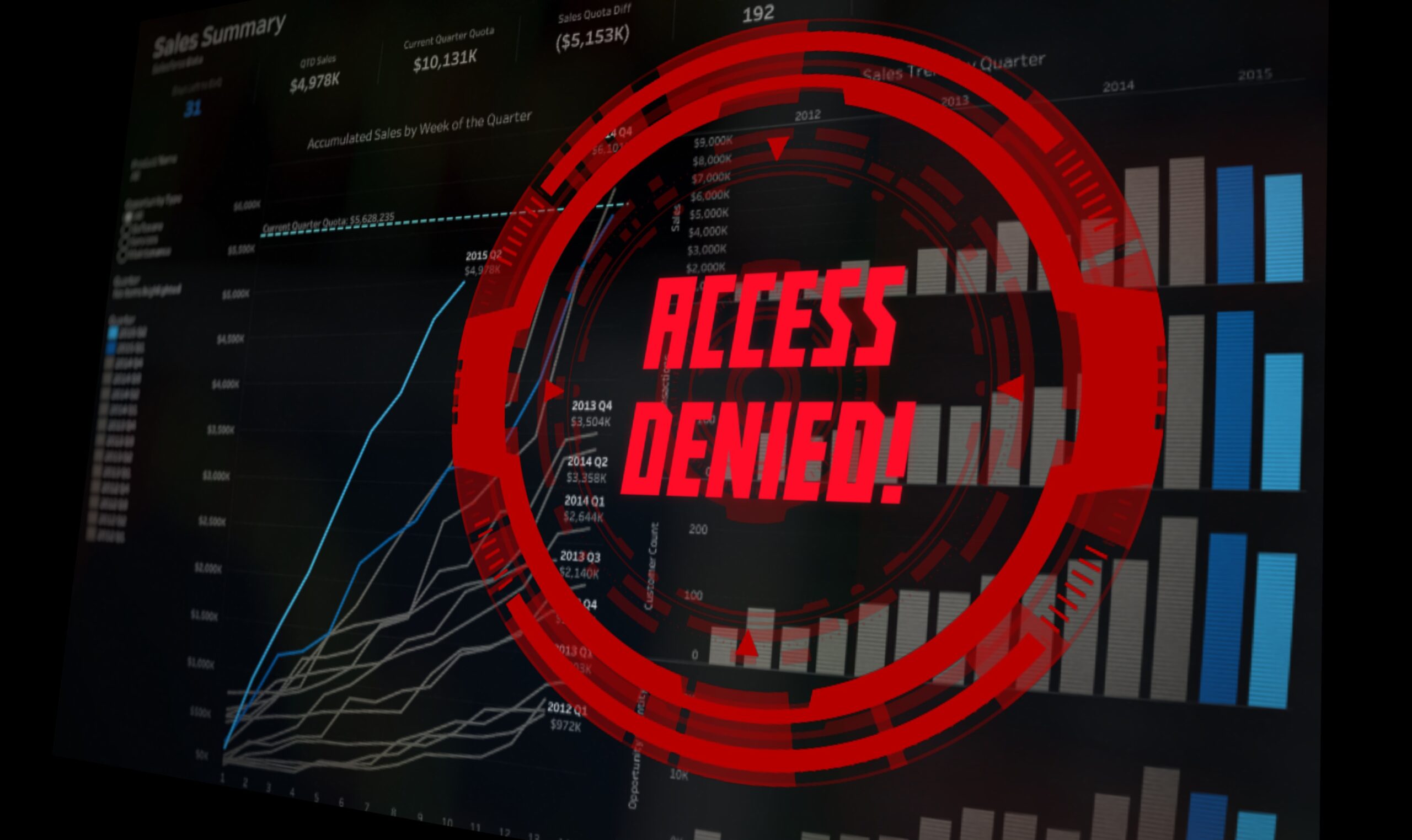Julia Lopez wants to improve system for citizens to identify themselves
The new minister with responsibility for the Government Digital Service has unveiled her vision for a single sign-on system through which citizens can access online services throughout government.
Following a reshuffle in February, Lord Theodore Agnew – a minister of state whose role is split between the Cabinet Office and HM Treasury – took on ministerial responsibility for GDS. Talking to PublicTechnology about two weeks after his appointment, the digital agency’s boss Alison Pritchard said she had “already had several meetings” with Agnew.
Since then, he has served as the public ministerial face and voice of GDS on a number of occasions, including as recently as this month when, in answering a written parliamentary question, he revealed that the organisation is reviewing government policy on the use of overseas cloud environments and cross-border data transfers.
Julia Lopez joined the Cabinet Office as a junior minister at the same time as Agnew, but it is understood she has been on maternity leave for much of the time since.
It was, thus, only last week that she delivered her first speech since being given a ministerial brief, during which the Hornchurch and Upminster MP said she was “the Cabinet Office’s new parliamentary secretary with responsibility for GDS”.
She told attendees of the techUK Building the Smarter State virtual conference that the coronavirus response had shone a light on “three main things” government could do to improve digital services.
Related content
- What next for GOV.UK Verify?
- Why have governments struggled to get it right on digital identity?
- DWP opens up access to Universal Credit via Government Gateway after Verify delays
“First, we need to do more to put citizens at the centre of services,” she said. “Second, we need to get better at using data.
“And third, we need to make sure the right leadership, organisational and system changes are in place to make reform happen.”
Central to Lopez’s ambition of making services more citizen-centric is the implementation of a “single sign-on” platform that would allow the public to use the same system across the whole of government to verify their identity and access services.
“At the moment, there are many ways to sign on to different government services. Too often, users have to enter the same data again and again. And we know how frustrating that is,” she said. “Our vision is for members of the public to be able to access any online central government service simply, safely and securely using a single sign-on. When necessary to prove your identity, it should be as easy as possible, without re-entering information.”
“I recognise that creating a single sign-on is a really complex task. And I’m alive to concerns about privacy. So, that’s why I want to engage early in this area.”
Julia Lopez
The minister said that rolling out such a platform “may also open the door to personalisation, where those users who want it can be alerted to changes which might affect them”.
She added that she appreciated the challenges inherent in deploying a unified system across Whitehall and wanted to lay the groundwork for doing so by engaging as soon as possible with tech firms and the public.
“I recognise that creating a single sign-on is a really complex task,” Lopez said. “And I’m alive to concerns about privacy. So that’s why I want to engage early in this area as we go on this journey so we can make sure there is a robust consent-based approach.”
She added: “But the key point and core principle is user control. We want to work towards a state where data use in government is set up to ensure that people, when they choose to, don’t need to restate their data on repeat occasions to different parts of government. Instead, data can be accessed, verified and stored when appropriate, in order to provide a proactive and low-friction service to the user.”
Data and leadership
To improve the way in which government shares and uses data, Lopez said it had been the right decision to “divide and conquer” – with responsibility for this area recently returning to GDS, while the Department for Digital, Culture, Media and Sport retains oversight of the data and digital economy.
The digital agency’s first order of business in improving government data use will be addressing the limitations created by ageing IT, according to Lopez.
“Much of what we want to do now – and in the future – is held back by current structures and systems. That clearly includes moving beyond legacy IT and getting government departments and agencies into the cloud,” she said. “We hope a new procurement strategy and different thinking on what services UK tech firms might provide could open up exciting new opportunities to smaller, bespoke operators.”
The key initiative to improve leadership will be the recruitment of a government chief digital officer – a £200,000-a-year, permanent secretary-level position for which applications closed yesterday.
“This new and unique role comes at a critical time for our country,” she said. “Since a similar post was advertised last autumn, we are in a very, very different place. As a government, we have a new mandate following the election. That gives us the means as well as the ambition to deliver real reform – and give the new government chief digital officer the teeth, tools and total commitment to do the job.”
Lopez concluded her speech by vowing that “far from being cowed by the crisis, we are… even more determined to deliver ambitious changes that will strengthen the efficiency, effectiveness and resilience of online government services”.
This includes managing the eight cross-government “functions” and the controls in areas such as recruitment and spending.
Agnew is also charged with “supporting procurement and other government functional activity relating to Covid-19”.
Lopez, meanwhile, has been tasked with “supporting the Chancellor of the Duchy of Lancaster (Michael Gove) and Lord Agnew to deliver cross-government efficiency and public sector transformation”.
Her post also involves support with work on the UK’s future relationship with the EU, and “oversight of Cabinet Office corporate activity”.
By taking on ministerial responsibility for GDS, she becomes the tenth person to do so in little over five years. Following the departure from government of Francis Maude – who oversaw the creation of the digital agency – Matt Hancock, Ben Gummer, Damian Green, Caroline Nokes, Oliver Dowden, Simon Hart, Jeremy Quin and, finally, Lord Agnew have all held the ministerial reins of the organisation.




